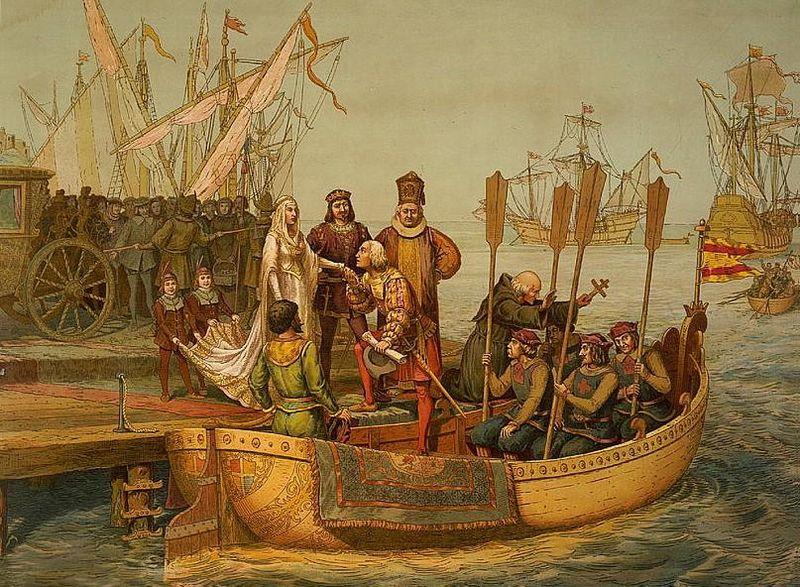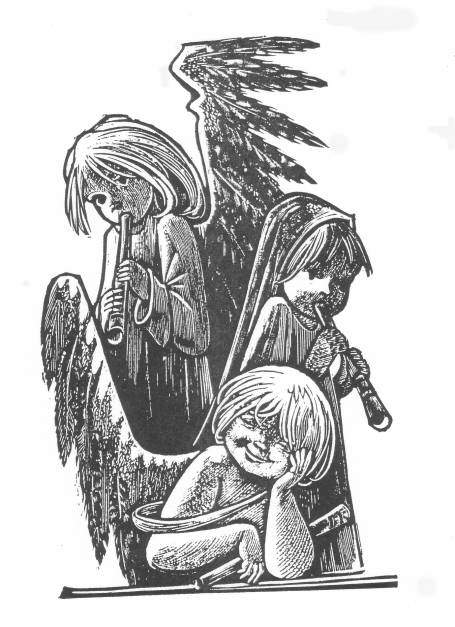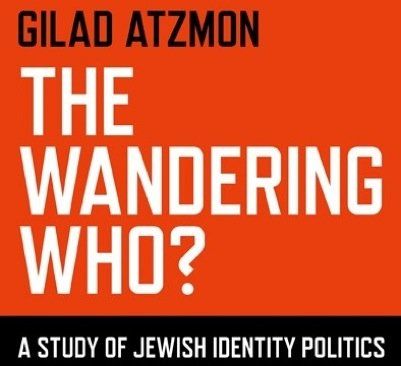The Importance of Columbus Day

King Ferdinand and Queen Isabella bid farewell to Columbus for his First Voyage, departure for the New World, August 3, 1492.
Columbus Day has suffered an unprecedented diminution in importance in recent years, at least in the eyes of the arbitors of modern American culture.
Why? Columbus Day celebrates Christopher Columbus, the first European (White person) to come to the Western Hemisphere and make the presence permanent. Columbus Day, in other words, celebrates the advent of the White race in the so-called New World of the Americas. This, of course, is the last thing that the multicultural Left wants celebrated.
Their guiding principal, invented by both Trotsky and the Cultural Marxists at approximately the same time, is best summed up by the late, unlamented Susan Sontag’s famous quote, “The White race is the cancer of human history.” Who wants to celebrate cancer? Consequently, Columbus Day has been transformed from a holiday into an occasion for weeping, wailing, rending of garments and gnashing of teeth by the Left.
We at The Political Cesspool Radio Program, however, beg to differ, and think it’s high time to challenge this modern orthodoxy regarding Columbus and Columbus Day.
Consider, if you will, the Western Hemisphere when Columbus discovered it in 1492. The entire continent is estimated to have sustained only 200,000 people. It was a huge undeveloped wildlife preserve; its population stuck for the most part in the New Stone Age. And despite what the Left would have you believe, it was not populated by peace-loving early environmentalists. Read more








